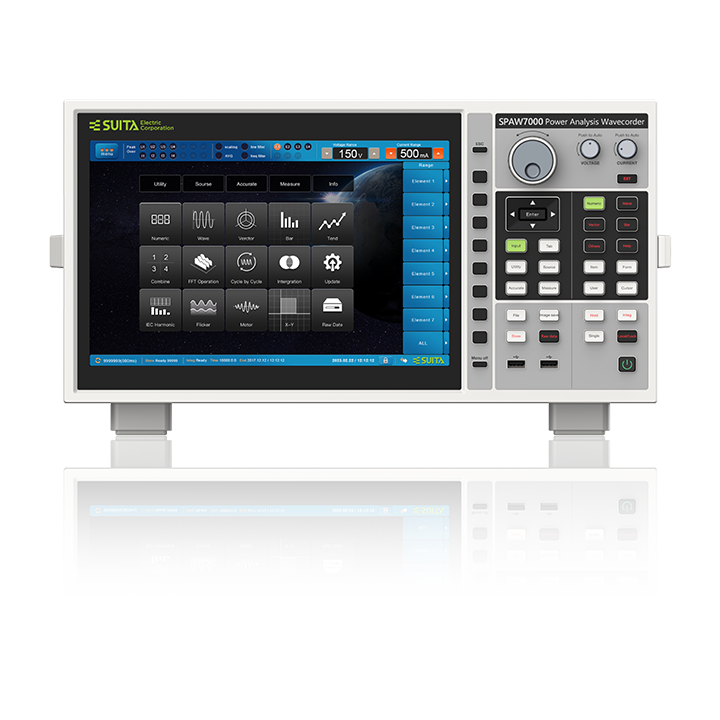
PV Inverter Efficiency Testing Solution
At a time of an increasingly strained energy supply, doubled with a growing demand for electricity, public electrical grids are imposing higher quality and performance requirements on grid-connected inverters. However, in the current market, some inverters do not meet these requirements, and they may struggle to pass even conventional electrical characteristic tests, such as over/under-voltage protection, anti-islanding functionality, high/low voltage ride-through, harmonic distortion, maximum power point tracking (MPPT), and more. Therefore, it is essential to establish a series of stringent and comprehensive testing solutions for grid-connected inverters to ensure that they comply with relevant quality and performance standards, and can work safely and stably for a long time.

For the testing of grid-connected inverters in photovoltaic power generation, SUITA offers a new generation of instruments with ultra-high accuracy for power, including bidirectional programmable DC power supplies, regenerative AC power supplies, and power analysis wavecorder, to meet user requirements. In this testing solution, a bidirectional programmable DC power supply is connected to the input side of the grid-connected inverter, simulating the input power from solar panels. A regenerative AC power supply is connected to the output side of the inverter, simulating AC electronic loads. A power analysis wavecorder is used to measure various performance indicators of the inverter, such as harmonics, output power, and conversion efficiency. Furthermore, SUITA provides robust supervisory software to assist engineers with data analysis.

